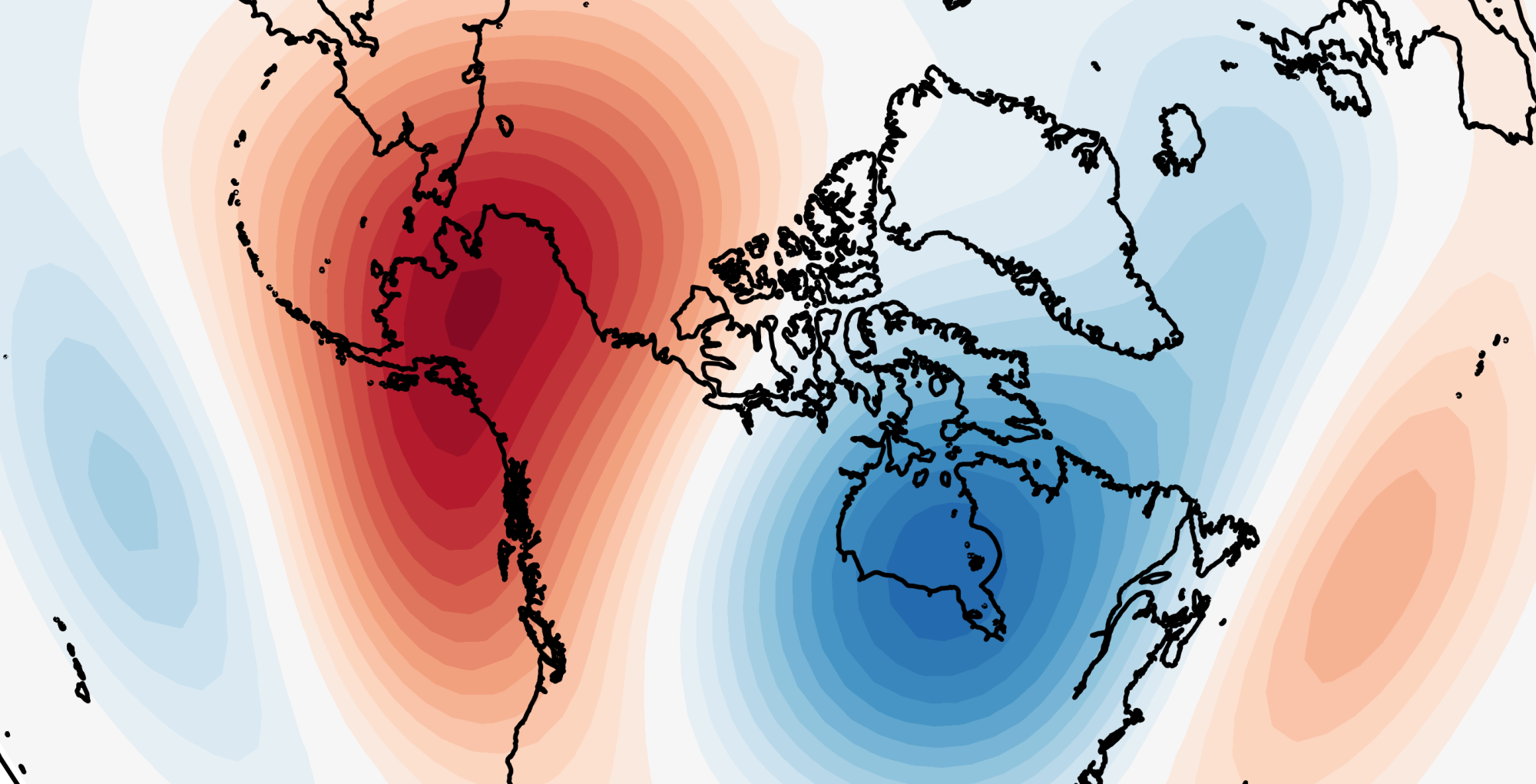This summer I have been working as a gardener in my hometown of Harrogate, North Yorkshire. Being outside and directly affected by the weather means it’s an obvious topic of conversation with customers, other tradespeople and my colleagues. I’m aware that British people apparently always talk about the weather, but when you’re outside cutting a hedge in the rain, the topic is even more apt! As a meteorologist, this is interesting as I get to see the perception the general public have of current weather conditions and weather forecasts.
This blog post was inspired by a couple of quotes from people I met last week on the job:
“My weather app said it wasn’t going to rain today! And it said it was going to rain all day yesterday and it didn’t…I’ve just about given up. It’s obviously not a good app!” [said by a nearby builder who had halted work during a morning downpour.]
“I don’t know if we’ll see thunder today, they keep pushing the storm back on my app…it was saying 5 PM now it’s 7 PM…I don’t think they know.” [said by a passer-by as the sky darkened.]
These quotes interested me because they showed the current relationship people have with weather forecast apps. Modern NWP allows apps to display highly localised forecasts with hourly forecast weather. This gives the end-user an appearance of forecast confidence, and the public seem to desperately crave a deterministic forecast. Hourly forecasts have much more chance of being perceived as “wrong” than a three hour forecast of dominant weather (in my opinion), since they suggest more accuracy and the public respond as such (rain at 10 AM that was forecast for 9 AM, for example, is wrong, but if 9-12 AM was forecast as rain, then it would be correct). But, crucially, a forecast has much more to it than what apps display.
The lack of this information in certain apps seems, from my experience, to suggest we can’t forecast the weather accurately, which means the public distrust meteorologists more.
A few of my colleagues are users of the UK Met Office app, which presents forecasts alongside a precipitation probability percentage. This is very well received and well applied. An example quote from a couple of weeks ago:
“The Met are saying rain till noon but it’s only 60% chance after 9 AM so we might be okay.”
Putting forecast uncertainty to the public has always been a contentious issue, but it seems (at least to some people) that it can be useful. If it didn’t rain after 9 AM, the Met Office’s forecast would not have been perceived as completely “wrong”, whereas without the probability, it might have been. The other useful aspect to the app is the provision of forecast radar maps – allowing users to see whether rain is widespread, or in the form of showers, and to make a judgement on the likelihood of encountering the apparent rain which is displayed in a mere icon on the forecast.
The second quote reminded me of the seriously difficult issue of forecasting convective showers, especially of the thundery kind, and then the even more difficult issue of conveying this to the public. Yes, it’s true, “they” didn’t know exactly when there was going to be thunder – in the end, there wasn’t any in Harrogate – but there was nearby to the east. Mere app icons can’t display this information. I would argue that the simple phrase, “Chance of thunderstorms” across several hours was better for the end-user than just trying to give a deterministic time-slot for a storm, as forecast updates and the shifting times added to the forecast confusion that the lady I spoke to was experiencing.
The idea of this post wasn’t just to sell the Met Office app, but it’s heading in the right direction with the probabilities, the easily-accessible video forecasts and the forecast maps. The public need more information, because when we hide this from them, then the average person isn’t going to realise what really goes on behind their forecast, and they will just criticise it out of ignorance.
Meteorologists think we can forecast the weather incredibly well and find it an amazing human achievement. Some of the public might agree, but plenty wouldn’t. This is no surprise given meteorologists understand what’s going on much more, but the more information we can give, the less likely it is people perceive the forecast as plain wrong. Uncertainty is a key aspect of meteorology and a key aspect of science – this needs to be in the forecast.

I often get asked the same question – ‘why are these apps so wrong’ – you try to explain that the output is very often outdated and often based on operational runs (not control runs) of model output. I always direct people to the relevant text version of their regional forecast, which is nearly always right. Here’s the latest for the London area…
Regional forecast
London & South East England
Headline:
Scattered showers soon dying out, but patchy rain expected later.
This Evening and Tonight:
Scattered heavy showers dying away through the evening and it will become dry for a time, but thicker cloud and patchy rain will slowly push down from the north later in the night, mainly over western parts. Minimum temperature 13 °C.
Monday:
Generally cloudy with outbreaks of showery rain and a brisk northerly wind. The rain will become more patchy by the afternoon with some brighter spells and becoming mostly dry. Maximum temperature 21 °C.
Updated: 13:50 on Sun 23 Jul 2017 BST